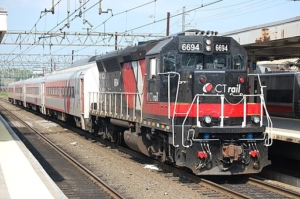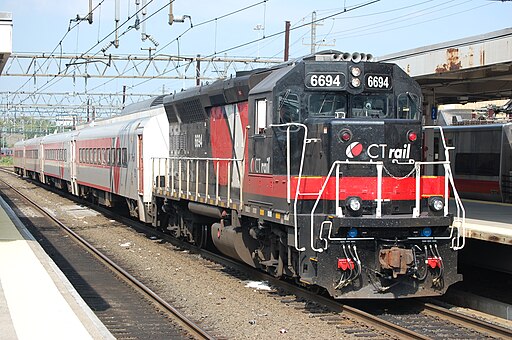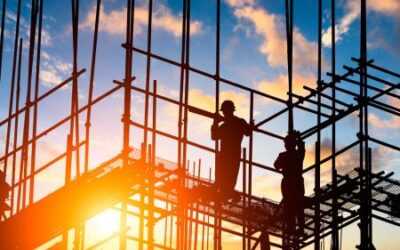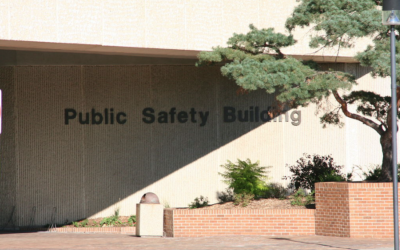Countries throughout the world are currently spending billions on rail infrastructure. America faces ongoing struggles in staying competitive, a task that is far from simple.
Vietnam’s National Assembly recently approved construction of a $67 billion high speed railway. Canadian officials have also recently announced a new high-speed rail project that will connect Quebec City and Toronto. India’s own version of Japan’s bullet train will soon be carrying passengers on the Mumbai-Ahmedabad High Speed Rail corridor and Saudi Arabia’s high-speed rail between Mecca and Medina has carried 20 million passengers since its completion in 2018.
Europe, China, and Japan all seem to be in lead positions when it comes to high-speed rail transportation, but soon a high-speed train traveling approximately 200 miles an hour will provide passenger service between Las Vegas and the 2028 Summer Olympics in Los Angeles. Numerous smaller rail projects have been announced across the U.S. for 2025 as well and interested contractors should be scoping out these upcoming opportunities now.
A large infrastructure project in New Jersey will relocate and upgrade the Kearny Substation. With $187.5 million in funding from the federal government, the stated objective is to enhance the reliability and flood resilience of the Northeast Corridor’s electrical rail systems. The existing substation, which has faced repeated flooding and weather-related damage, will also be replaced with a new, elevated facility. The project scope calls for construction of the modernized substation, raising access roads and the installation of upgraded transmission and signal systems. The emphasis on resilient design and advanced systems will result in reduced operational risks and delays. Construction is slated for 2025.
Another large federally funded project in West Hartford Connecticut carries a projected cost of $102 million and will deliver upgrades to 6.2 miles of the Hartford Line Rail System. The effort will include converting the existing single-track sections into dual-track rail segments. Components of the planned project include track extensions, installation of updated signaling systems, and integration of advanced safety controls. A firm construction start date has not yet been announced, but planning documents indicate that work on the project will begin sometime in 2025.

Photo courtesy of Interstate Railfan.
A $96.7 million bridge project to replace and modernize catenary systems on a bridge to Burgos Catenary in the northeastern corridor of Maryland is currently in the design phase. The project will require installation of high-tension overhead wires and updated support structures. It will also call for technical upgrades, the replacement of aging bridge components and installation of modernized, high-performance systems to accommodate increased operational demands for higher train speeds. The corridor’s electrical infrastructure will all be strengthened and other upgrades will optimize energy efficiency. Currently construction is slated to begin in 2025.
Washington’s PCC Short Line Railroad will benefit from a $37.7 million project designed to deliver comprehensive upgrades to the rail line’s infrastructure in Eastern Washington. The project will require the replacement of several segments of rail and ties while providing ballast renewals and structural reinforcements to improve track integrity. Upgrades will also include the rehabilitation of several bridges and the enhancement of drainage systems. Bridge replacements will strengthen foundations and the replaced rail segments will ensure structural integrity. Roadway crossings along the corridor will also be upgraded. Currently in the pre-RFP stage, the project is scheduled for a 2025 construction launch.
A large project to provide a comprehensive overhaul of the Livernois Intermodal Facility in Detroit Michigan will be overseen by the Department of Transportation and city officials. The effort carries a cost projection of $112 million and the objective is to enhance its infrastructure, ensuring long-term operational efficiency. The project will cut emissions, improve efficiency, support supply chains, and lessen environmental impacts on surrounding neighborhoods. Planning documents outline a requirement to install 17,200 feet of new rail track to improve freight handling and streamline rail operations. Diesel gantry cranes will be replaced with hybrid and electric models that meet current technical standards. Yard paving will be upgraded to reinforce structural durability as well as advanced automation and digital signaling systems will be installed to address logistical challenges and improve operational consistency. The updates are critical for maintaining reliability across the freight network and providing alignment with regulatory standards. When completed, the effort will enhance multimodal transport and provide efficient integration between rail and road systems. Construction is scheduled for 2025.
A project to expand an existing rail corridor calls for construction of a third track between Franconia and Lorton in the state of Virginia. The project has been tagged with a projected cost of $275 million. The work will span approximately six miles and include significant infrastructure modifications to accommodate increased rail capacity and operational efficiency. Key components of the project include the realignment of existing tracks, replacing outdated parts of the track, and constructing new bridges over Newington Road and Lorton Road. Upgrades to the signaling and communication systems along the corridor will improve operational coordination. Drainage systems and other support infrastructure will also be upgraded to ensure the expanded system’s durability under varying weather conditions. The modifications will increase the line’s efficiency, reduce delays and improve the overall performance of the Virginia Railway Express corridor. A construction start date for March of 2025 has been announced.
Large rail projects such as this will significantly bolster America’s rail infrastructure while also creating hundreds of contracting opportunities for companies offering professional services, engineering, construction, technology services and equipment purchases.







